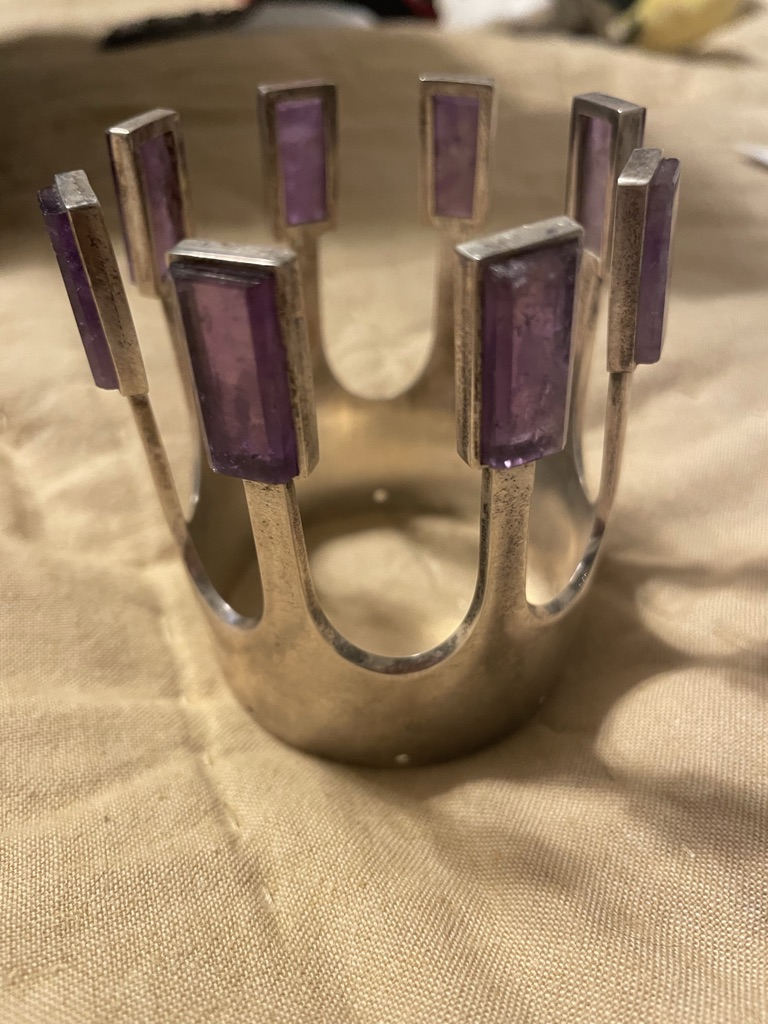Text:
For this ritual, the participants form a circle and pass a jar of an alcoholic beverage all the way around until everyone has drunk. At each passing of the jug, they say this to each other (person one starts holding the jug).
Person 1: Per Mattsa!
Person 2: Vud vill du?
Person 1: Jag vill dricka.
Person 2: Så dricka då
Person 1: Per Mattsa!
Person 2: Vad vill du?
Person 1: Hur smakte det?
Person 2: Känn På!
Transliteration/translation:
Person 1: Greetings
Person 2: What do you want?
Person 1: I want to drink.
Person 2: So – drink
Person 1: What do you want?
Person 2: How did it taste?
Person 1: You taste it.
Context:
The informant is part of a Swedish-American family and does this tradition on a yearly basis at Christmas time.
Analysis:
This tradition has its roots deep in Swedish Viking tradition according to the informant. They claim it was used to prove whether or not it was poisoned as everyone had to drink it. Another variation of the story is that it was used by royalty and the king was the last one to drink and so he would know that it was safe by the time it got to him. Either way, this tradition is a form of showing unity among the group who is partaking in it at a time of year when this is important to them. Despite having its roots in the Viking tradition it is been adapted to being done at Christmas, like many other pagan traditions when the Catholic church pushed to Christianize pagan traditions. Although now it is not done to show the liquid is not poison, the sharing indicates that all are willing to share the same jar. Like many traditions it gets adapted from its original form, keeping the same outline but now being used in a different setting, all the while helping those involved retain a sense of their heritage.

